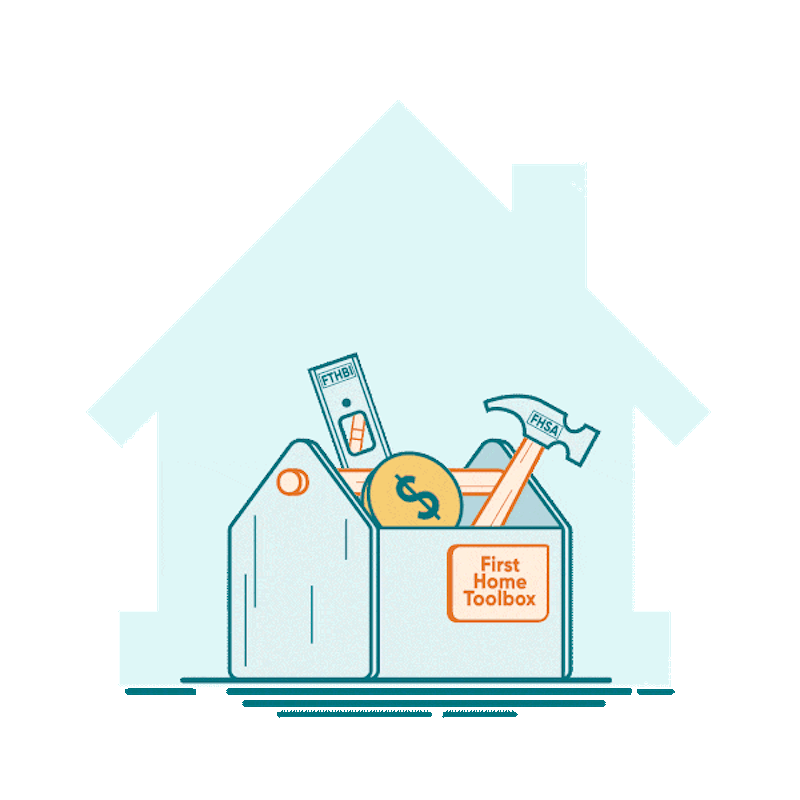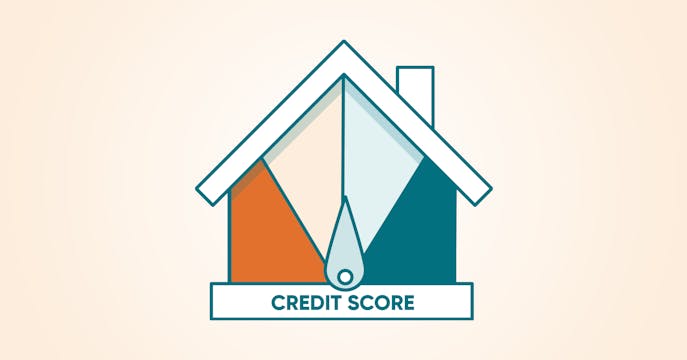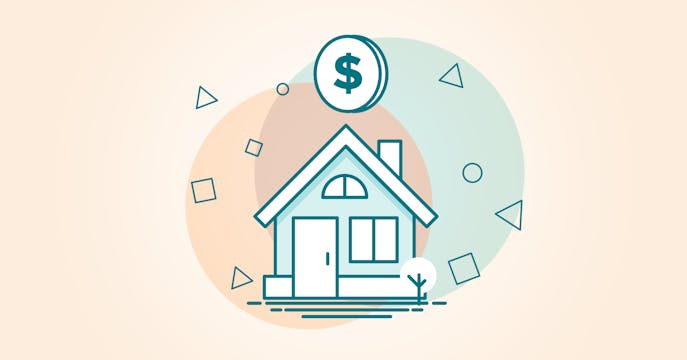Savings Acronyms, all in one spot:
FHSA: First Home Savings Account
TFSA: Tax Free Savings Account
RRSP: Registered Retirement Savings Plan
RRIF: Registered Retirement Income Fund
HBP: Home Buyers' Plan (RRSP product)
Lowest Mortgage Rate in Canada. Starting from 2.49%
Can a FHSA help you buy a home?
A First Home Savings Account offers you a tax-free way to save for your first home.
Use it alone or combine with the RRSP Home Buyers' Plan to increase your down-payment power. Here's what you need to know.
Updated October 31, 2024

Your best first-home savings tool?
On April 1, 2023, the federal government introduced a tax-free in, tax-free out FHSA that combines the best aspects of both an RRSP (tax-deductible savings going in) and TFSA (tax-free savings plus interest coming out). This shiny new investment product is designed to entice more Canadians to save up for their first down payment.
This program adds to the RRSP Home Buyers' Plan (HBP), and other government tax rebates that you can possibly access to address the financial challenges of getting your first home.
But considering that this savings tool goes one step further to be a completely tax-free option that you don't have to pay back — it can be a powerful addition to your first-timer toolbox.
Contribute tax-free to an FHSA for your first down payment.
With current rules, an eligible individual can contribute a tax-deductible amount up to a limit of $8K per year until reaching the maximum total contribution limit of $40K (which would be reached in 5 years if you sock away the full $8K each year).
You can only carry forward contribution room to a max of $8K, even if you don't add funds for a few years. So, the maximum you could contribute in one year is $16K (the current year's max amount, plus the previous year's max amount carried forward).
If you open an account and forget about it for a few years, your contribution room doesn't keep accumulating. If you over-contribute in a year, you'll incur a 1% tax for each month the overage sits in your account (the same as for a regular TFSA).
You aren't required to save the full $40K — you can put away as much as you can until you withdraw it to buy a home. The interest accumulated through your FHSA investments is also excluded from taxation so long as you withdraw it for the intended purpose.
Can you use FHSA funds for more than the down payment?
Your qualifying FHSA withdrawal can be used towards your down payment and other costs associated with buying your first home, such as closing costs, legal fees and moving expenses.
Are you eligible for an FHSA?
To qualify for an FHSA, you must be:
- At least 18 years old (or 19, depending on your province)
- A Canadian resident
- A 'first-time home buyer' as outlined by the Canadian government
To be considered a first-time home buyer, before opening your account, it means you haven't owned or jointly owned a qualifying home that you lived in during that calendar year or at any time in the preceding 4 calendar years.
Accounts are considered 'individual,' and so are not open to contributions from a spouse or common-law partner’s FHSA — though you can be gifted an amount to contribute.
How long can you hold an FHSA?
- From the open date, your account can be held up to 15 years or until the end of the year in which you turn 71, whichever comes first
- You have that time to contribute to your maximum amount and use it towards the purchase of your first home
- Even if you only save for a year or two before buying, it's still a tax-free portion of your down payment
Make a tax-free 'qualifying withdrawal' from your FHSA when you buy a home.
Check out the CRA page (or talk to your financial institution) to know all the qualifying conditions for your withdrawal — such as a written agreement to buy or build a home, and needing to withdraw within 30 days of acquiring the home.
The same as when you opened your FHSA, you need to be a first-time buyer, and so should not have owned or jointly owned a qualifying home that you lived in during that calendar year or at any time in the preceding 4 calendar years.
With conditions met, you can withdraw the entire amount (one-time amount or several withdrawals) from your FHSA tax-free for your first primary home purchase.
- Interest accumulated is also excluded from taxation (for this purpose)
- Unlike the HBP, you don't need to pay your FHSA amounts back
- You'll need to close your FHSA on or before December 31 of the year following your first qualifying withdrawal (the program assumes the account is no longer needed for its intended purpose)
What happens to your FHSA if you don't buy a home?
- At the end of 15 years from the opening date (or if you reach 71 years of age first) and money is still in the account, you'll need to transfer it to an RRSP or RRIF if you want to keep the amount tax-deferred
- If you transfer the money out and keep it, you'll be required to pay taxes on the amount
- If you don't use the money towards your first home purchase, you'll lose the 'tax-free-withdrawal' benefit
How can you start contributing to an FHSA?
If you're eligible and your financial institution is set up to offer this product, you can open an account right away. You'll have until December 31st of your starting year to contribute a tax-free maximum of $8K into your FHSA.
Can you delay your FHSA tax claim to another year?
Yes, you can. Similar to an RRSP contribution, if you're in a lower tax bracket but anticipate increased income in the next few years, you can delay your claim on your FHSA contribution amount for more tax relief later (talk to your financial institution or tax accountant for more info).
Can you transfer funds from your RRSP or TFSA into an FHSA?
RRSP TRANSFER. You can have the funds directly transferred from your current RRSP into your FHSA (up to the annual limit) with no immediate tax consequences. Just be aware of your yearly and lifetime contribution limits, which will incur taxes if you over-contribute. And don't transfer the funds yourself as it won't be eligible, and you'll attract the CRA tax 'side eye' (i.e. you'll pay taxes on the amount).
Your transfer won't free up extra RRSP contribution room because you've already received the tax deduction — but you'll gain the tax-free-out down payment option versus an RRSP withdrawal.
TFSA TRANSFER. You can have funds transferred, up to the annual limit, from your current TFSA into an FHSA (which counts as a withdrawal). You can claim the amount on your tax return (which you can't do with a regular TFSA), and your TFSA contribution room will be freed up the following year.
Can you open several FHSAs?
Technically, you can open more than one FHSA, but you're still bound by your individual annual contribution limit of $8K to a maximum of $40K.
Your spouse or common-law partner can use their FHSA account towards the same qualifying home purchase — provided you're both eligible first-time buyers and meet the qualifying conditions for withdrawal.
Can you combine funds from an FHSA and HBP for the same purchase?
Yes, you can use both these programs towards your first home purchase (the original proposal didn't allow the combination).
In addition to FHSA amounts, the HBP also allows withdrawal of $60K from your RRSPs, plus another $60K from a spouse or common-law partner RRSP (as eligible first-time buyers). Accessing RRSP funds through this program means that your withdrawn amount must be repaid over 15 years to keep your tax deferral — starting repayments within 2 or 5 years, depending on when the withdrawals were made.
Read more about the HBP details here.
An FHSA gives you tax benefits for (mostly) risk-free down payment savings.
The Bottom (Savings) Line:
- Contributing to an FHSA allows both a tax-deductible amount going in plus tax-free withdrawal towards your first home purchase (depending on qualifying details)
- You'll free up more RRSP room (if you're into that, too,) and if you decide not to use your FHSA, you can transfer to an RRSP or RRIF product later to keep your tax deferral
- If you have to choose between the two products, an FHSA may make more sense than an RRSP to save your down payment due to the additional tax-free benefit upon withdrawal — and you don't have to pay it back
- For a larger down payment to afford your first home, you can combine your FHSA and RRSP HBP funds towards the same down payment, and have a spouse or common-law partner add theirs, as well (depending on qualifying rules)
- You'll still assume the typical risks involved in investments made through your FHSA
Helping you select the right tools to save more.
Whether you decide to use an FHSA alone or combine it with other options to increase your down payment power, take the time now to contact us and set a strategy to get you through your own front door.
It's not our first mortgage. As your expert True North broker, we'll quickly and simply hand you the tools and numbers you need to make clearer decisions, such as:
- How much home you can afford
- Your best mortgage rate and better mortgage to save thousands
- What an insured vs uninsured mortgage means for your home-buying goals
Plus, we know all the programs and rebates to help you get into home ownership sooner (and stop the renting cycle).
We're here, across Canada, to offer free, no-obligation advice on your first mortgage. Read our amazing client reviews to see how we've helped other first-time buyers make it happen.
Please note: The above information is for educational purposes only and is not intended to replace professional investment or tax advice. The Government of Canada FHSA program details are subject to change, and it's important to clarify your eligibility and qualifying details.
Save on your first home, with us.
More about your first mortgage

GST Rebate on New Homes: How It Works
As a first-time buyer for a newly built home, a 100% GST rebate may help you save.

What credit score do you need to unlock lower mortgage rates?
Here's the breakdown of how your score can affect your rate.

HBTC: Home Buyers' Tax Credit
This federal tax credit program can help with your first-timer costs.

